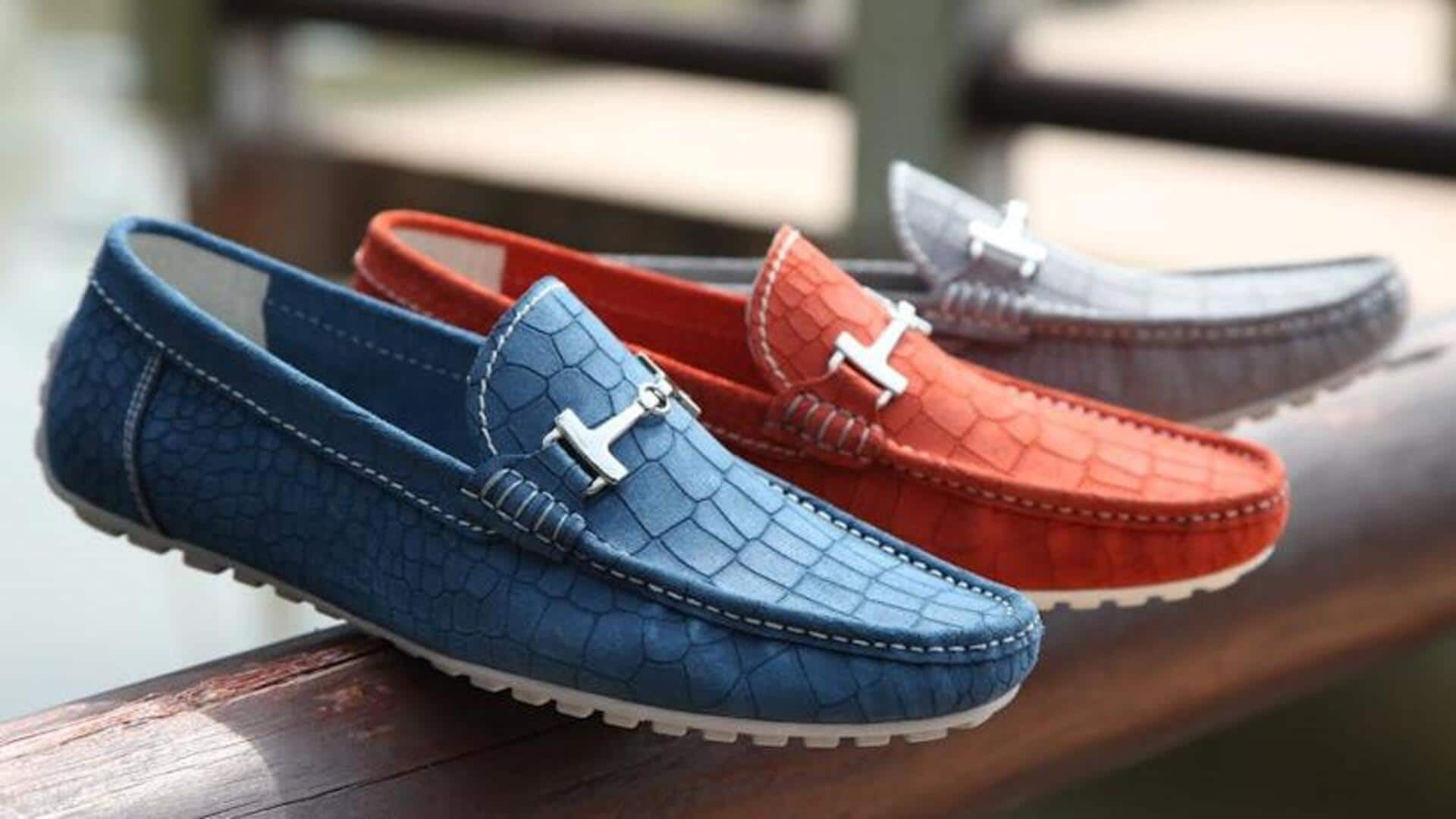
Walk the talk with eco-friendly footwear
What's the story
In an era where sustainability is not just a choice but a necessity, eco-friendly footwear emerges as a beacon of hope. This article delves into the world of sustainable shoes, exploring how they are made, their benefits, and how you can incorporate them into your lifestyle. By choosing eco-friendly footwear, you're not just making a fashion statement; you're contributing to a healthier planet.
Background
The rise of sustainable shoes
The fashion industry is one of the largest polluters globally, and footwear production contributes significantly to this issue. Traditional shoe manufacturing processes involve high levels of water consumption, use of toxic chemicals, and production of non-biodegradable waste. In response to these environmental challenges, many brands are now adopting more sustainable practices by using recycled materials and minimizing waste.
Key concept
Understanding eco-friendly footwear
Eco-friendly footwear is designed with the environment in mind. These shoes are made from sustainable materials such as organic cotton, natural rubber, recycled plastics, and plant-based leathers. Brands committed to sustainability also focus on ethical labor practices and reducing carbon footprints throughout the production process. By choosing these products, consumers support not only environmental conservation but also fair labor practices.
Practical advice 1
How to choose sustainable shoes
When shopping for eco-friendly footwear, look for transparency in brand practices. Reputable companies often provide detailed information about their materials' sources and manufacturing processes. Check for certifications like the Global Organic Textile Standard for organic materials or Fair Trade for ethical labor practices. Additionally, consider durability; investing in high-quality shoes that last longer reduces waste and saves money in the long run.
Practical advice 2
Caring for your sustainable footwear
Proper care extends the life of eco-friendly shoes and enhances their sustainability benefits. Follow the care instructions provided by manufacturers, which often suggest avoiding harsh chemicals and choosing natural cleaning methods. Additionally, consider repairing instead of replacing worn-out shoes whenever feasible to further minimize environmental impact. This practice supports sustainable living choices, benefiting our planet while keeping your footwear fashionable.